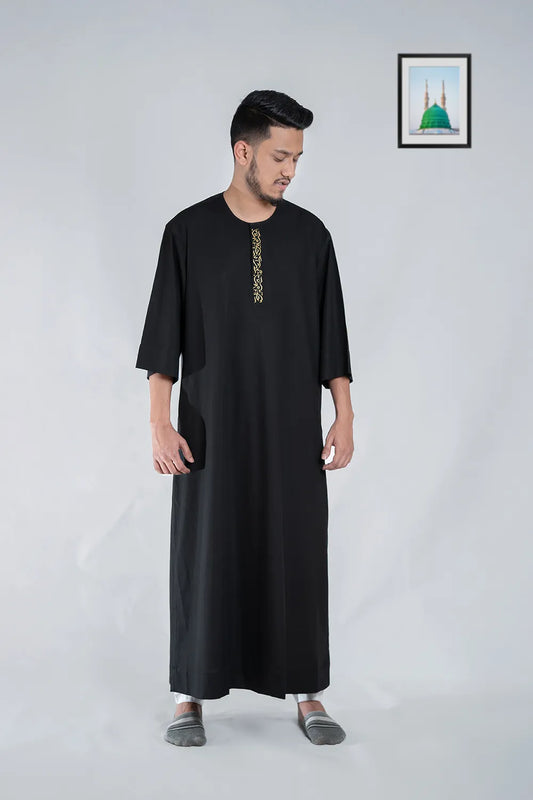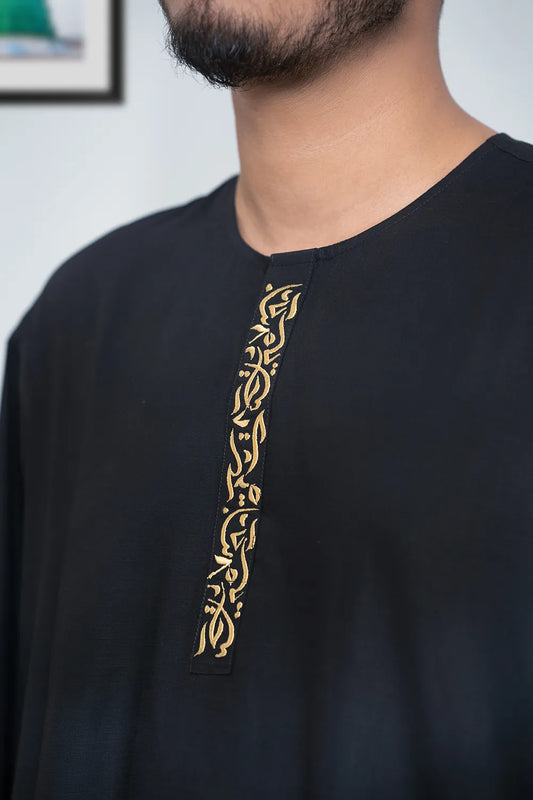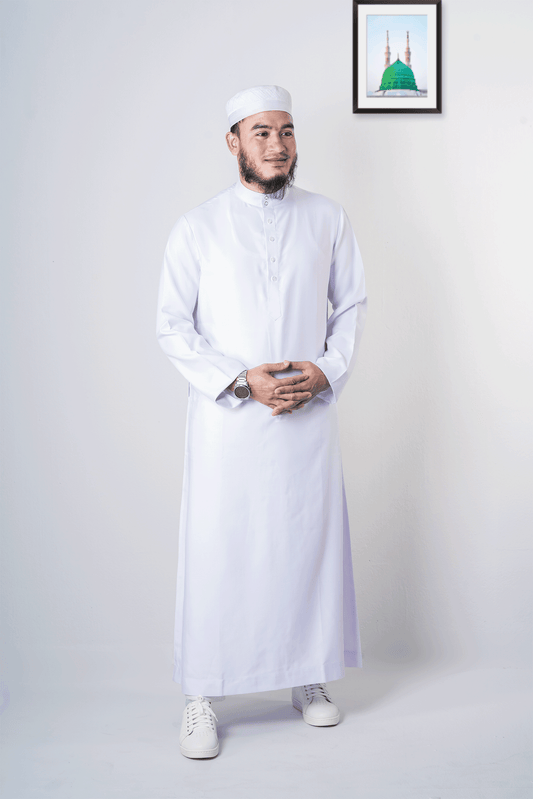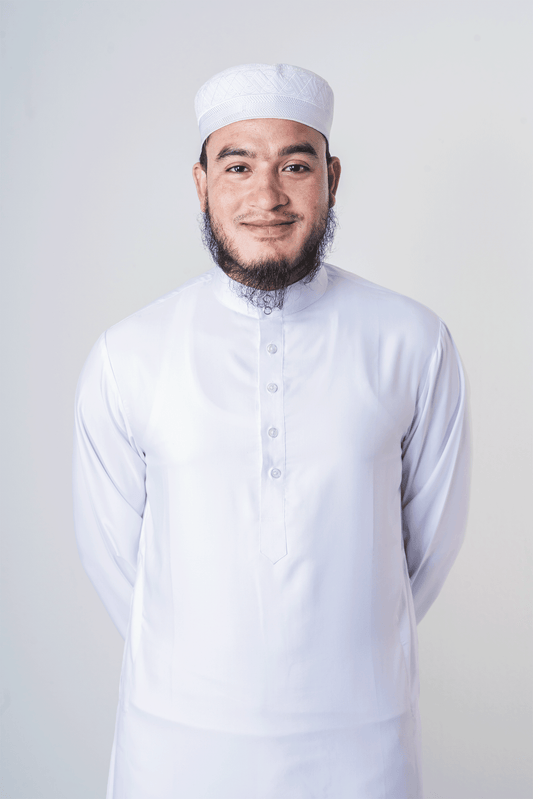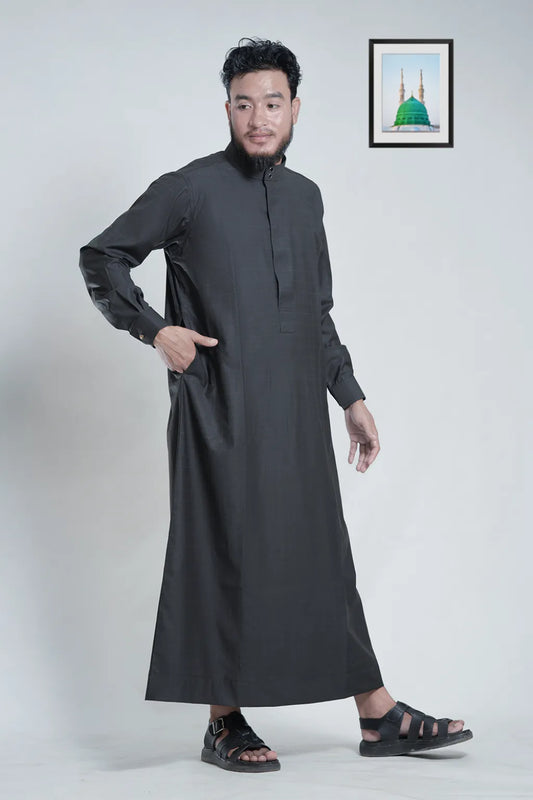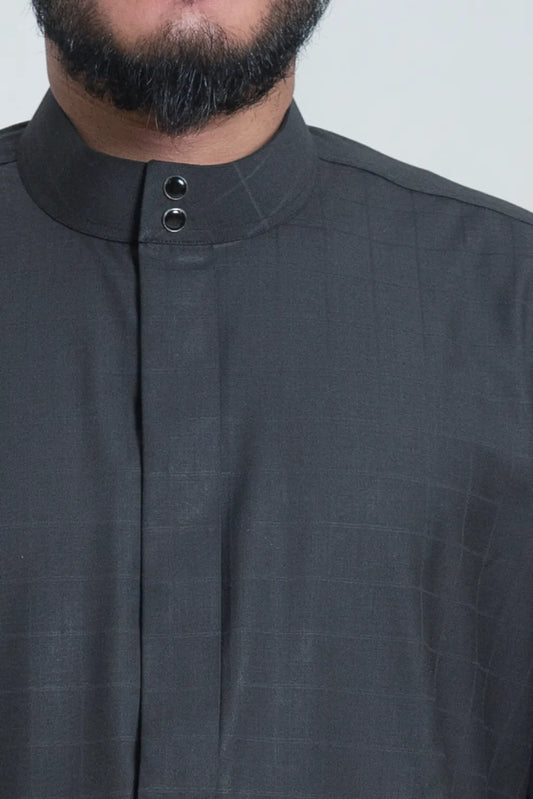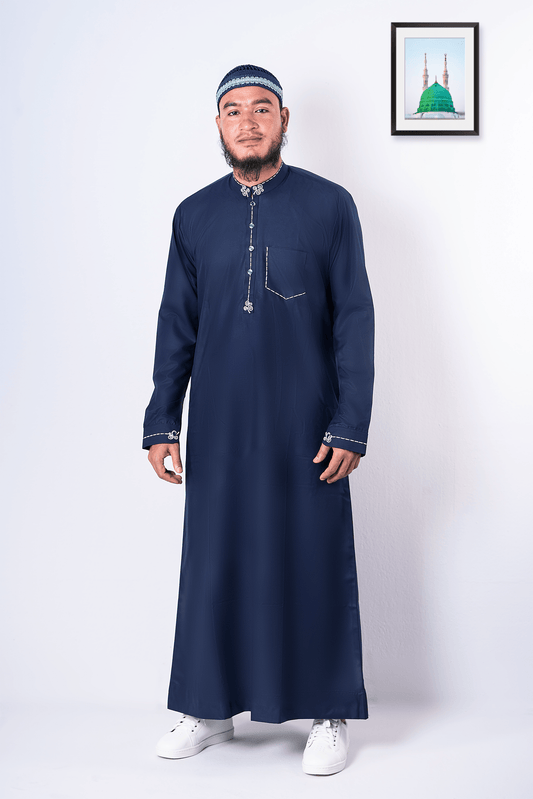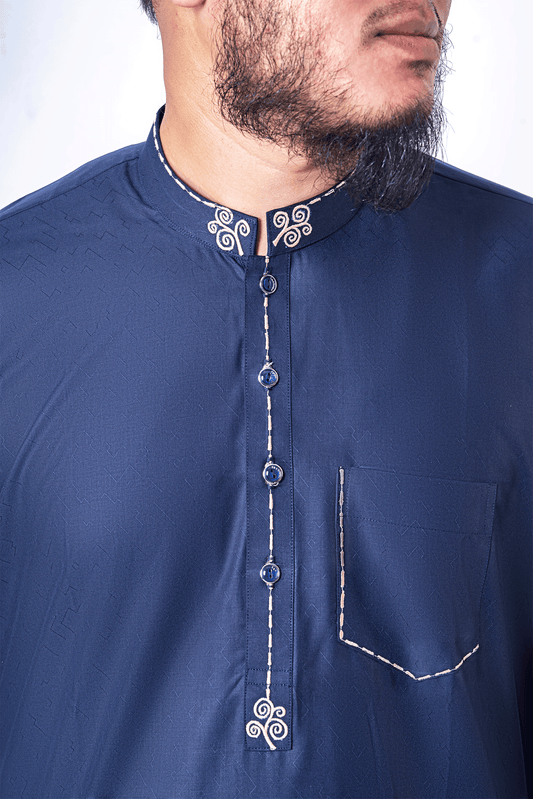When it comes to clothing, comfort isn’t just a luxury—it’s a necessity. And that’s where thobes truly shine.These traditional garments are not only stylish but thoughtfully designed to keep you comfortable in every climate.
Sounds too good to be true? Let’s break it down.
What Makes a Fabric Comfortable? (Hint: It’s Science)
Have you ever felt sticky and sweaty in some clothes, but breezy and cool in others? That’s not magic—it’s science.
Comfortable fabrics share key qualities:
- Breathability: Airflow = Comfort. Fabrics like cotton and linen allow air to circulate, keeping you cool.
- Moisture-Wicking: These materials pull sweat away from your skin and dry quickly. No more sticky, sweaty discomfort.
- Thermal Regulation: Adapt to your body’s needs. Wool keeps you warm in winter, while bamboo cools you in summer.
But fabric type alone isn’t the full story. The weave and thread count also matter:
- Looser weaves (like linen) = Better airflow.
- Tighter weaves (like wool) = Better insulation.
Learn more about: Climate Change: Full Guide With Data
Cheat Sheet: Best Fabrics for Every Climate
| Fabric Type | Ideal Climate | Why It Works |
| Cotton | Hot & Dry Weather | Absorbs sweat, breathable, and soft |
| Wool | Cold Weather | Insulates, traps heat, and stays warm |
| Linen | Tropical & Humid | Lightweight, airy, and allows airflow |
| Bamboo | Year-Round Comfort | Moisture-wicking, naturally cooling |
Why Thobes Are the Ultimate Climate-Smart Clothing
If fabrics are the team, thobes are the MVP (Most Valuable Player). Here’s why:
1. Designed for Hot Climates
Do you know why thobes are so popular in the scorching deserts of the Middle East?
It’s not just about tradition—it’s strategic.
- Loose-Fitting Design: Allows air to circulate and prevents overheating.
- Lightweight Fabrics: Cotton and linen keep you cool, even in high humidity.
- UV Protection: Full-body coverage shields you from harsh sunlight without making you feel suffocated.
2. Built for Cold Weather
Wait, thobes in winter? Absolutely.
Thobes are versatile and adapt to colder climates with the right fabric or layers:
- Wool Thobes: Naturally insulate and trap body heat.
- Layering: Add thermal undergarments for extra warmth without sacrificing comfort.
In regions with harsh winters, thicker thobes paired with a scarf or jacket are a wardrobe staple.
3. Sustainable and Practical
In a world of fast fashion, thobes stand out as a sustainable choice:
- Eco-Friendly Materials: Natural fabrics like cotton and wool are biodegradable and have a lower environmental impact compared to synthetic alternatives.(Learn more about the sustainability of natural fibers and their benefits for the planet.)
- Minimalistic Design: No unnecessary frills = fewer resources wasted.
- Durability: A high-quality thobe can last for years, reducing waste and saving money.
If sustainability matters to you, a thobe is a no-brainer.
How Thobes Compare to Other Climate-Smart Clothing
You might wonder: Aren’t there other clothing options for specific climates? Sure, but let’s compare:
| Garment | Pros | Cons |
| Sarong | Lightweight, great for heat | Minimal coverage, lacks versatility |
| Kurta | Stylish, semi-loose fit | Needs layers for cold weather |
| Kaftan | Elegant and flowy | Less formal than a thobe |
| Thobe | Versatile, breathable, full coverage | Limited styles in some regions |
Notice a trend? Thobes strike the perfect balance between comfort, coverage, and adaptability.
How to Pick the Perfect Thobe for Your Climate
Not all thobes are created equal. To get maximum comfort, pick the right one for your environment.
Hot Climates? Stick with Lightweight Fabrics
For scorching weather, choose:
- Cotton: Soft, breathable, and absorbs sweat.
- Linen: Lightweight and airy, perfect for humid conditions.
Pro Tip: Look for thobes with a loose weave for better airflow.
In case you’re wondering how to pick the right thobe size online, check out our Thobe Size Guide to ensure the perfect fit.
Cold Climates? Go Heavy or Layer Up
For colder weather, opt for:
- Wool Thobes: Natural insulation for warmth.
- Thicker Cotton Blends: Comfortable and cozy.
Layering works wonders: Thermal undershirts + a wool thobe = your winter survival kit.
Year-Round Comfort? Choose Versatile Fabrics
Some fabrics adapt to all climates:
- Bamboo: Moisture-wicking, cooling, and soft.
- Blended Fabrics: Combines the best properties of multiple materials.
Why Fabric Quality Matters (Don’t Skimp!)
When it comes to thobes, quality is everything. A well-made thobe not only feels better but lasts longer.
Here’s what to look for:
- High-Quality Cotton: Egyptian cotton is incredibly soft, durable, and luxurious.
- Merino Wool: Lightweight yet warm, perfect for winter thobes.
- Thread Count: Higher isn’t always better. A balanced thread count ensures breathability and durability.
Conclusion: Thobes—Comfort, Style, and Sustainability
Thobes combine science, tradition, and versatility to deliver unmatched comfort in any climate. Whether you’re braving summer heat, winter chill, or anything in between, the right fabric makes all the difference.
Ready to experience the perfect blend of comfort and style? A thobe is more than just clothing—it’s an investment in quality, sustainability, and timeless design.



 https://sunaan.com
https://sunaan.com
